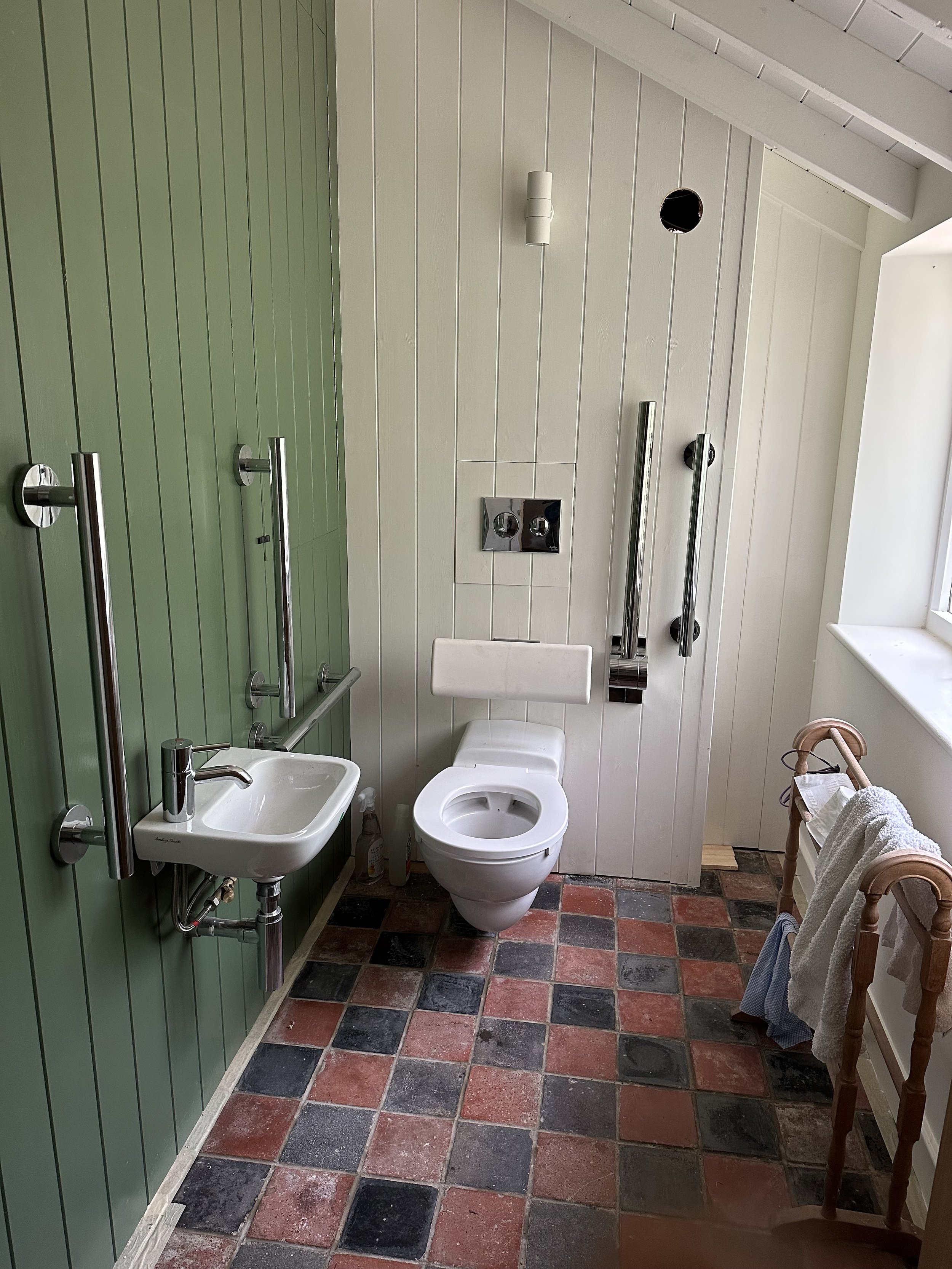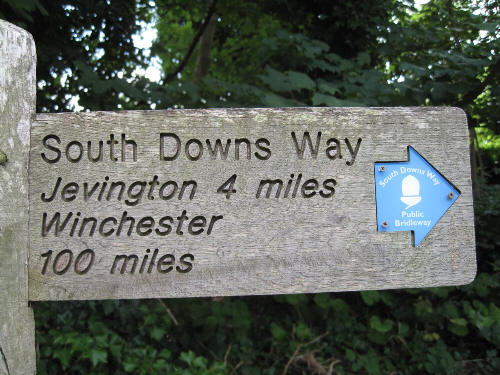




![VE day [15032678].jpg](https://images.squarespace-cdn.com/content/v1/5666fcf525981d8e6446c410/1457725464461-PBPDB98BCS2JN86E16CB/VE+day+%5B15032678%5D.jpg)



Jevington Village Hall
Open for bookings or join one of our regular weekly well being classes.
Our system of booking is now based on the electronic calendar. Choose the date you require, select the + button for that date, fill in the form and send the details to the Hall Manager. All bookings are provisional until confirmed by the Hall Manager.
Jevington Village Hall
Open for bookings or join one of our regular weekly well being classes.
Our system of booking is now based on the electronic calendar. Choose the date you require, select the + button for that date, fill in the form and send the details to the Hall Manager. All bookings are provisional until confirmed by the Hall Manager.
Originally built as the village school, Jevington Village Hall is one of the most attractive village halls in East Sussex, recently sympathetically restored to retain its unique character. It is located in the heart of the picturesque village of Jevington, high in the South Downs National Park, near the South Downs Way and St Andrews Church.
The recent restoration modernised the hall, with the final stage including new fully accessible toilet facilities, infra red heating, increased floor space and a brand new stainless steel kitchen. Following the extensive restoration, the Chair of Willingdon and Jevington Parish Council, Councillor John Pritchett, reopened the Hall in September 2024.
The Hall offers spacious and versatile accommodation, a well-equipped kitchen and fully accessible toilet. It also has flexible modern lighting, infra red heating and a garden.
The Hall is regularly booked as a refreshment stop for organised events on the South Downs Way as well as a selection of regular classes, including yoga, tai chi and pilates. It is well used by the parish for both social and private functions. It is also used for Parish meetings and a number of South Downs Way events.
It is supporting the community by serving as a venue for well being classes, quizzes, parties, musical performances and other events.
HISTORY
On 31st December 1846 William Cavendish Earl of Burlington and heir to the Duke of Devonshire conveyed land in Jevington to the village for a site for a school and schoolhouse. Before this the parish clerk held a small school in the Saxon tower of the parish church. After raising the funds, a school was built high on a bank beside the main street and opened 6th June 1847.
In 1872 it was enlarged to accommodate 80 children from the parish including from Filching and Wannock. By 1926 there were too few children attending and the Minister for Education closed the school on 7th January 1927. The building was later used as a Post Office and is now the Village Hall.
Today the Village Hall is at the center of the village, high on the downs in the South Downs National Park. It is positioned close to the South Downs Way above Eastbourne in East Sussex.

Story
Rooted in the
South Downs
Jevington village, high on the South Downs above Eastbourne, sits within the South Downs National Park and on the South Downs Way. An ancient settlement, the village school is now the Village Hall, and Jevington also offers a 300 year old pub, The Eight Bells, along with the flint built St Andrews Church, dating from around 1300.
School May Day Celebrations at the Village School - 1923.
Each year the children at the school celebrated May Day with a ceremony crowning the May Queen and dancing round the Maypole. They picked flowers from the surrounding downs to make garlands.
Here the whole school is pictured on May Day 1923, three years before the small village school closed and became the VillageHall. Christobel Cuthbert is the May Queen and sitting in front of her is Robert Newson, the three year old son of the school mistress Florence Newson. Florence, a widow, was the last school teacher at Jevington School and emigrated to Australia with her son a few years later.
Story
Rooted in the
South Downs
Jevington village, high on the South Downs above Eastbourne, sits within the South Downs National Park and on the South Downs Way. An ancient settlement, the village school is now the Village Hall, and Jevington also offers a 300 year old pub, The Eight Bells, along with the flint built St Andrews Church, dating from around 1300.
School May Day Celebrations at the Village School - 1923.
Each year the children at the school celebrated May Day with a ceremony crowning the May Queen and dancing round the Maypole. They picked flowers from the surrounding downs to make garlands.
Here the whole school is pictured on May Day 1923, three years before the small village school closed and became the VillageHall. Christobel Cuthbert is the May Queen and sitting in front of her is Robert Newson, the three year old son of the school mistress Florence Newson. Florence, a widow, was the last school teacher at Jevington School and emigrated to Australia with her son a few years later.

The Hall
The Hall
The Hall is now open for bookings - Booking Calendar

Tapsell Gate
Tapsell Gate
Situated on the path between the church and the village hall, these gates are unique to Sussex churches and only six still remain - three in the neighbouring downland parishes of Jevington, East Dean and Friston. It was adopted as the official logo of Willingdon & Jevington Parish Council in 2000.
Tapsell Gate
Tapsell Gate
Situated on the path between the church and the village hall, these gates are unique to Sussex churches and only six still remain - three in the neighbouring downland parishes of Jevington, East Dean and Friston. It was adopted as the official logo of Willingdon & Jevington Parish Council in 2000.

St Andrews Church
St Andrews Church A listed Saxon Church and popular wedding venue.
The Church originally had four bells in the Saxon tower, now there are two (one dates back to around 1470 - and is still held in its original medieval frame). The fate of the two missing bells in unknown, but they were sold by the village, as the rhyme says:
"Jevington folk are very proud people. They sold their bells to mend their steeple. And before they are left in the lurch, they would sell their steeple to mend their church".
St Andrews Church
St Andrews Church A listed Saxon Church and popular wedding venue.
The Church originally had four bells in the Saxon tower, now there are two (one dates back to around 1470 - and is still held in its original medieval frame). The fate of the two missing bells in unknown, but they were sold by the village, as the rhyme says:
"Jevington folk are very proud people. They sold their bells to mend their steeple. And before they are left in the lurch, they would sell their steeple to mend their church".
![VE day [15032678].jpg](https://images.squarespace-cdn.com/content/v1/5666fcf525981d8e6446c410/1457725464461-PBPDB98BCS2JN86E16CB/VE+day+%5B15032678%5D.jpg)
VE day
VE day
The children of the village celebrating VE Day in 1945. Jevington Village Hall has been part of the history of the village for nearly 200 years and, we hope, for many centuries to come.

Eight Bells
Eight Bells

Jevington School Band
Jevington School Band
Thomas Dimmer Schoolmaster 1873-1882 formed a Fife and Drum Band in 1877. He is pictured here with the boys in their smart scarlet and black uniforms. They wore red sashes and peaked caps with a red rosette and button on the top. Twice a week Mr Dimmer marched them four a breast up the main street village. They were successful in winning several local competitions.
Jevington School Band
Jevington School Band
Thomas Dimmer Schoolmaster 1873-1882 formed a Fife and Drum Band in 1877. He is pictured here with the boys in their smart scarlet and black uniforms. They wore red sashes and peaked caps with a red rosette and button on the top. Twice a week Mr Dimmer marched them four a breast up the main street village. They were successful in winning several local competitions.






![VE day [15032678].jpg](https://images.squarespace-cdn.com/content/v1/5666fcf525981d8e6446c410/1457725248739-PRRBFG4UHS4G0A7XBXW0/VE+day+%5B15032678%5D.jpg)
![Christmas Party 1947 [15032677].jpg](https://images.squarespace-cdn.com/content/v1/5666fcf525981d8e6446c410/1457725206137-14LATRRCXOV5CW18XT19/Christmas+Party+1947+%5B15032677%5D.jpg)

![Devonshire cottages & Church Path [15032676].jpg](https://images.squarespace-cdn.com/content/v1/5666fcf525981d8e6446c410/1457725220301-0X4MRSAWYIK3HJTRIC5H/Devonshire+cottages+%26+Church+Path+%5B15032676%5D.jpg)